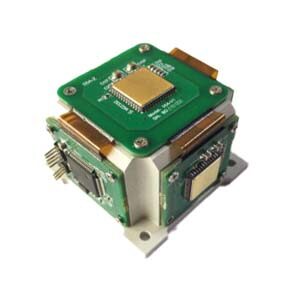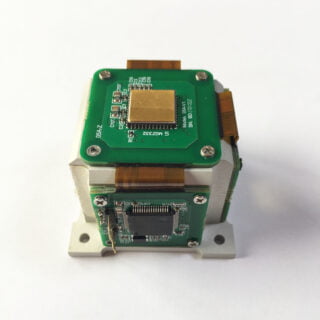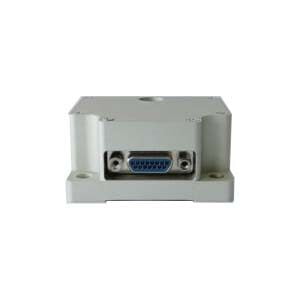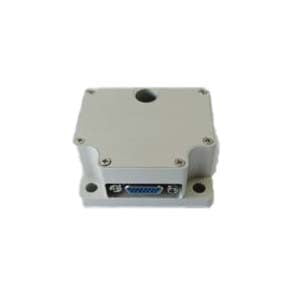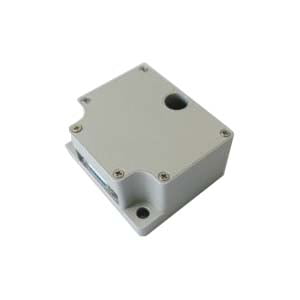In the noise reduction process of IMU (Inertial Measurement Unit), wavelet denoising is an effective method. The basic principle of wavelet denoising is to use the multi-resolution time-frequency localization characteristics of wavelets to decompose the components of different frequencies in the signal into different subspaces, and then process the wavelet coefficients in these subspaces to remove noise.
Specifically, the process of wavelet denoising can be divided into the following three steps:
1.Perform wavelet transformation on the noisy IMU signal and decompose it into different wavelet subspaces.
2.Threshold the coefficients in these wavelet subspaces, that is, coefficients below a certain threshold are regarded as noise and set to zero, while coefficients above the threshold are retained, and these coefficients usually contain useful signal information.
3.Perform inverse transformation on the processed wavelet coefficients to obtain the denoised signal.
This method can effectively remove the noise in the IMU signal and improve the quality and accuracy of the signal. At the same time, because the wavelet transform has good time-frequency characteristics, it can better retain the useful information in the signal and avoid excessive information loss during the denoising process.
Please note that the specific threshold selection and processing methods may vary according to specific signal characteristics and noise conditions, and therefore need to be adjusted and optimized according to specific circumstances in actual applications.
The IMU data denoising method based on wavelet decomposition is an effective signal processing technology used to remove noise from IMU (Inertial Measurement Unit) data. IMU data often contains high-frequency noise and low-frequency drift, which can affect the accuracy and performance of the IMU. The noise reduction method based on wavelet decomposition can effectively separate and remove these noises and drifts, thereby improving the accuracy and reliability of IMU data.
Wavelet decomposition is a multi-scale analysis technique that can decompose signals into wavelet components of different frequencies and scales. By wavelet decomposing the IMU data, high-frequency noise and low-frequency drift can be separated and processed differently.
The IMU data denoising method based on wavelet decomposition usually includes the following steps:
1.Perform wavelet decomposition on the IMU data and decompose it into wavelet components of different frequencies and scales.
2.According to the characteristics of the wavelet components, select an appropriate threshold or wavelet coefficient processing method to suppress or remove high-frequency noise.
3.Model and compensate for low-frequency drift to reduce its impact on IMU data.
4.Reconstruct the processed wavelet components to obtain denoised IMU data.
The IMU data denoising method based on wavelet decomposition has the following advantages:
1.Able to effectively separate and remove high-frequency noise and low-frequency drift, improving the accuracy and reliability of IMU data.
2.Have good time-frequency analysis capabilities and be able to process the time and frequency information of signals at the same time.
3.Suitable for different types of IMU data and different application scenarios, with strong versatility and flexibility.
Summarize
In short, the IMU data denoising method based on wavelet decomposition is an effective signal processing technology that can improve the accuracy and reliability of IMU data and provide more accurate and reliable data for inertial navigation, attitude estimation, motion tracking and other fields. support.
The IMU independently developed by Ericco Company uses some relatively rigorous denoising methods to better demonstrate to consumers higher-precision and low-cost MEMS IMUs, such as ER-MIMU-01 and ER-MIMU-02 as navigation series MEMS IMUs. Technicians conducted various experiments to denoise the IMU data to better meet consumers' accurate measurement of the motion state of objects.
If you want to know more about IMU, please contact our relevant personnel.
More Technical Questions
1.IMU working principle & Tactical grade IMU product recommendations
2.Choosing an IMU: FOG IMUs vs MEMS IMUs
3.Application of IMU in the Field of Drones
5.What is the Difference Between IMU and AHRS?
Products in Article
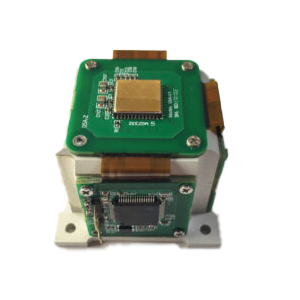 North-Seeking MEMS IMU
North-Seeking MEMS IMU